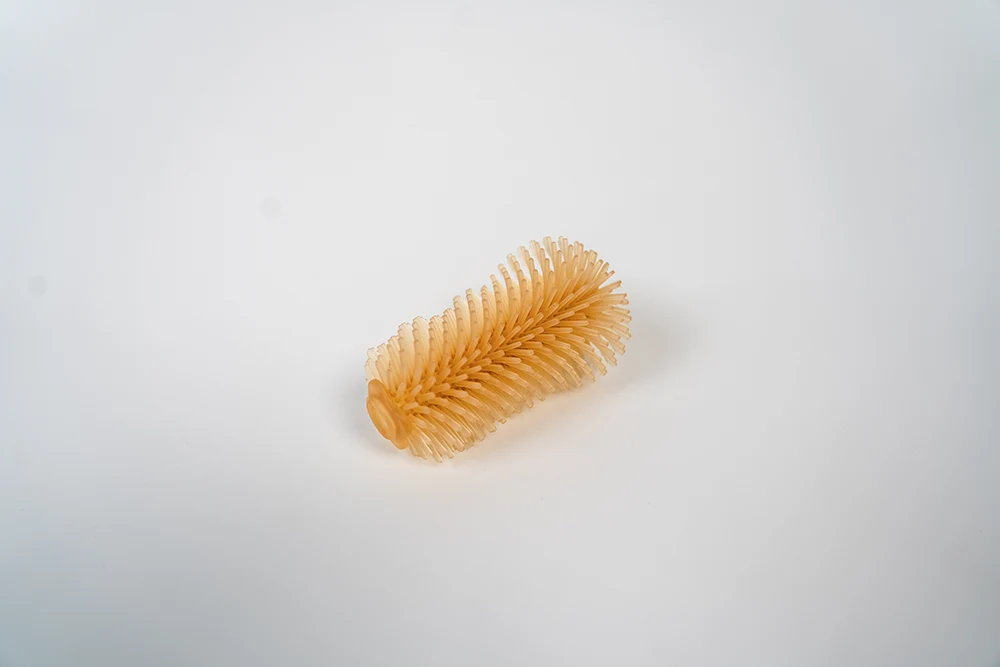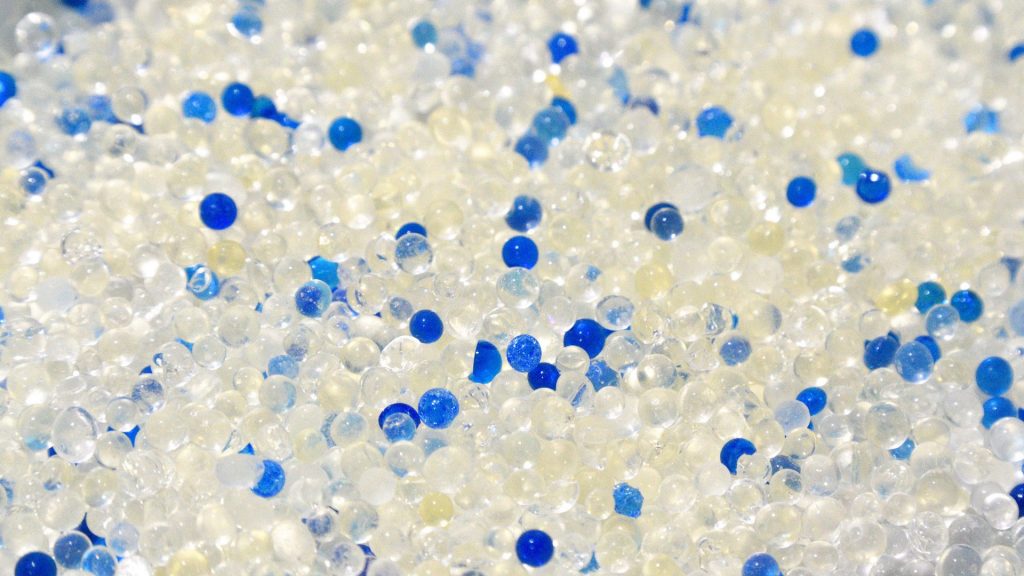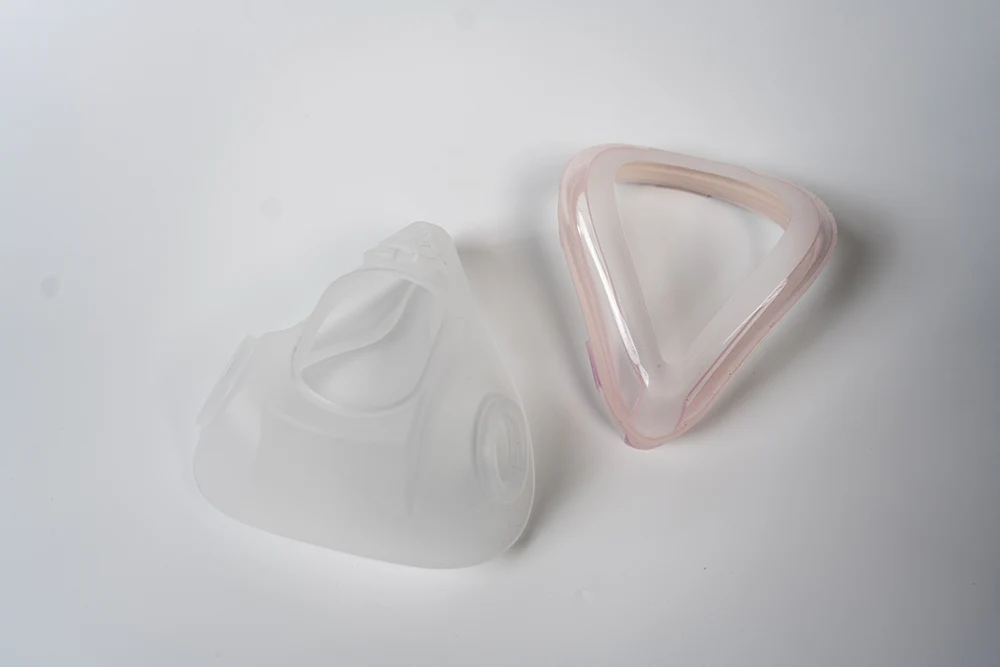An injection molding manufacturing technique is used to create items out of thermoplastic and thermosetting materials. The process entails putting the material into a heated barrel, mixing it, and injecting it forcefully into a mold cavity using a reciprocating screw or a ram injector. The injection-molded object is then dried to conform to the shape of the mold cavity. When it comes to silicone injection molding, we have to talk about the invention of injection molding first.

What Is Silicone Injection Molding?
The invention of the injection molding method dates back to the late 1860s, when Phelan & Colander, a manufacturer of pool cues, offered a prize to anybody who could develop a material that could be used in place of ivory in the manufacture of cue balls. John Wesley Hyatt stepped up to the plate and created a method for creating pool balls by injecting celluloid into a mold. The earliest injection molding machine, which was developed by John and his brother Isaiah in 1872, included a simple plunger mechanism that injected plastic into a mold through a heated cylinder.
The sector developed slowly over the following five decades, with manufacturing mostly focused on the creation of plastic buttons, collar stays, and hair combs. But following World War II, there was a dramatic rise in the popularity of the injection-molding manufacturing industry due to the increased need for low-cost, mass-produced consumer items.
When James Hendry created the first screw injection molding machine in 1946, there would be another revolution in injection molding. The Hyatt plunger system was eventually replaced by Hendry’s design, which included an auger set inside the cylinder to make it easier to mix the injection material before advancing it into the mold. With the help of this invention, producers could fully mix new material with colored or recycled plastic before injecting it into a mold. The majority of the injection molding equipment in use today uses screws.
The compression and transfer molding process, along with the use of plastic and high consistency rubber (HCR), have dominated manufacturing processes in the medical, aerospace, electrical, construction, and industrial applications for years until recently, despite the fact that there have been numerous variations on the injection molding process.
In truth, the tide has changed, and manufacturers from a wide range of sectors have learned about the benefits of liquid silicone rubber (LSR) for injection molding and the creation of molded components. LSR creates medium- to high-volume rubber components more effectively and affordably than thermoplastic and other molding methods, which is one of its benefits.
Liquid Silicone Rubber Materials
- Ordinary silicone (30, 40, 50, 60, and 70 durometers)
- Silicone of a medical-grade
- Silicone of optical quality
- Fluorosilicone (fuel and oil-resistant)

Silicone Injection Molding Process Step by Step
Whether used alone or in conjunction with over-molding, liquid silicone injection molding is the best method for producing intricate, temperature-resistant items from thermoset liquid silicone. In silicone injection molding, a polymer is injected under high pressure into a mold where it is formed. This procedure’ individual steps are quite brief. Typically, the entire injection molding process takes between two and twenty minutes. The cycle consists of four phases. The clamping, injection, chilling, and ejection phases are these steps.
Clamping
Typically, electrical heaters or water running through the mold heat it up. Additionally, you can utilize a cool runner system to stop the flowing silicone in the runners or the area around them from prematurely curing. In the domain of molding liquid silicone rubber, LSR A + B components normally arrive in appropriate injection molding machinery before being heated up to form a molded rubber part. The buckets are compressed by a process-controlled pumping kit, which feeds the material into the static mixer and injection equipment.
Injection
Pipelines and tubes can be used to pump silicone rubber material into an injection molding machine that uses liquid silicone rubber for vulcanization. The pellets are melted by the pressure and heat around the barrel. The term “shot” refers to the amount of substance administered. The injection period is complete when the mold is filled to a 95 to 99 percent level.
A stage of continuous pressure application is the step of injection mold pressure preservation. Silicone’s density likewise rises with the increasing pressure of the injection molding machine. The cavity is progressively filled with liquid silicone rubber material during the preservation of injection mold pressure, which causes the injection mold back pressure to rise gradually. The injection molding machine’s screw advances slowly throughout the pressure preservation phase, and the silicone’s reaction time is also slow. Pressure preservation flow is the term used to describe this flow.
The silicone is cooled during the injection mold pressure preservation stage, which causes accelerated solidification, a rise in melt viscosity, and a significant resistance in the cavity. The material density keeps rising as pressure preservation progresses, and silicone items are now also produced via injection molding. The pressure in the cavity reaches its highest level when the gate hardens, concluding the pressure preservation step.
Cooling
The cooling system design is crucial for the liquid silicone rubber injection mold. It is owing to the fact that silicone items that have been formed only cool to a specific degree of stiffness before being released from the mold to prevent distortion from outside forces. An intelligent cooling system may significantly reduce molding time, enhance injection output, and save costs because the cooling period makes up around 70% to 80% of the entire molding cycle.
Ejection
Ejector pins, often used with thermoplastic molds, are not necessary with liquid silicone rubber molding. When the mold is opened after the molding cycle, the complete product is still on one-half of the mold. The product’s characteristics should rise above the dividing line surface under ideal circumstances, making the items simpler to demold.
Silicone Injection Molding Applications
Silicone has good biological inertia and biocompatibility. So silicone injection molding products are also used in many fields.

- Industrial parts
- Medical industry
- Maternal and infant industry
- Military / Aviation
- Silicone sealing parts, silicone gasket & silicone o ring and other silicone products of various forms, sizes, colors, hardness, and materials.

Silicon Injection Molding Advantages
Liquid silicone rubber injection molding is a multi-step procedure. There are two barrels of liquid silicone available, labeled A and B. Due to their viscosity, silicones may be pushed via hoses with a metering pump. Additionally, the pump can discharge a certain quantity of material pigment, which, when combined with silicone, gives the silicone its desired color.
The combined components create a homogenous substance that is highly uniform across the whole portion. The vulcanization process starts when materials from barrels A and B are combined. After being pulled into the barrel, the substance is prepared for injection. The molds are heated to temperatures between 250° and 300° when liquid silicone rubber is injected into them. A sprue and runner system is used to inject the silicone into the hot mold.
When properly engineered, it should equally distribute the liquid silicone rubber into the keypads or other components. Since the entire procedure is “closed-loop,” no handling or contamination of the liquid silicone material occurs between the time the substance is fed into the machine and the time it is injected into the mold.
The competition, which mostly comprises compression molding, has a few disadvantages to injection molding. These benefits consist of the following:
Decreased cycle time
The cycle time for keypads and other components is between 30 and 2 minutes. Compared to compression molding, this significantly enhances the output of the production process.
Flash-free tools
By using flash rings, vent tracks, and a clever runner system, liquid silicone injection moulds inject the silicone after the mold has closed, leaving little to no flash on the finished pieces. De-flashing and trimming the component take less time as a result.
No need for pre-forms
Pre-forms are not necessary for liquid silicone rubber injection molding. Pre-forms inserted into each cavity during compression molding, are the basic shapes of the finished product. These pre-forms must include an excess of material to ensure complete material filling of the cavity. As the extra material is forced between the two molds, a flash develops around each cavity.
Making insert-molded components
Placing pre-molded transparent silicone inserts into the tool is possible because of silicone rubber’s ability to be injected. The chosen color is “over-molded” onto the transparent silicone inserts, forming a flawless link between the insert and over-mold. This makes it unnecessary for the customer to design unique light-blocking components for the PCB, enabling light-blocking between keys. Behind the silicone keypad, the glass inserts can be utilized as display windows to exhibit components or digital panels. A leak-proof keypad or component is possible thanks to the cross-link bond produced by over-molding silicone inserts.
The amount of material wasted while employing injection molding is negligible.
Only the sprue and runner system going to the component or keypad wastes material; You can avoid this by using a cold runner system. Cold runner systems maintain it cool inside the runner and sprue to prevent the silicone from hardening. These methods usually are only utilized on orders for large quantities since the expense of material waste increases with volume.










